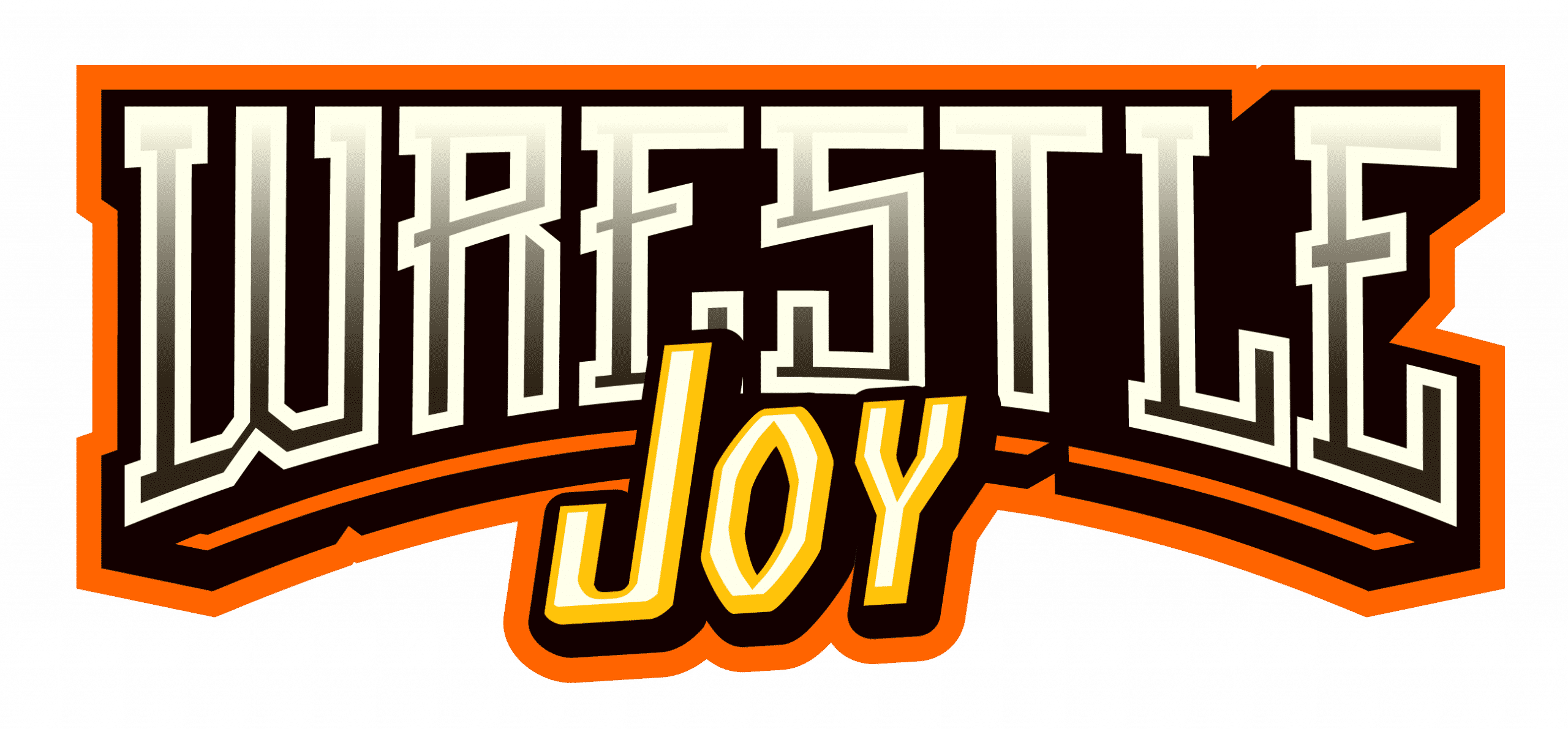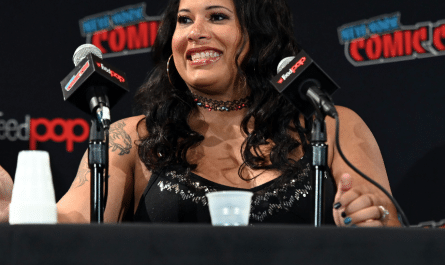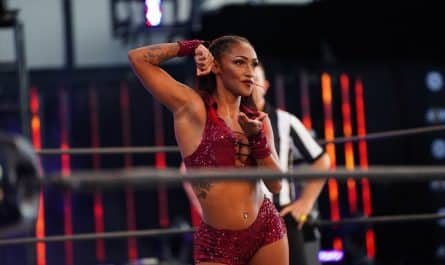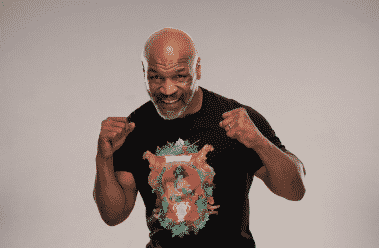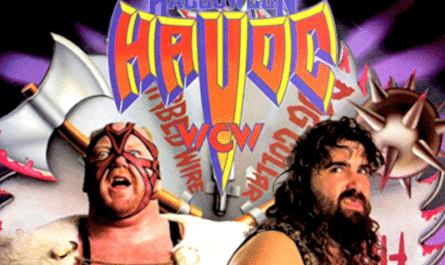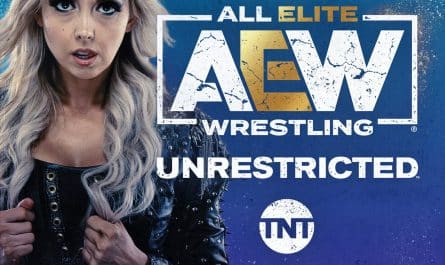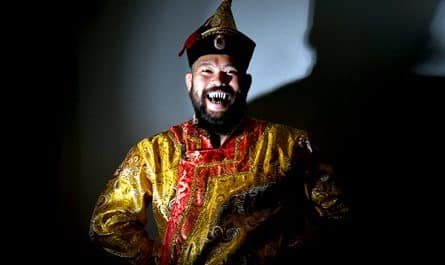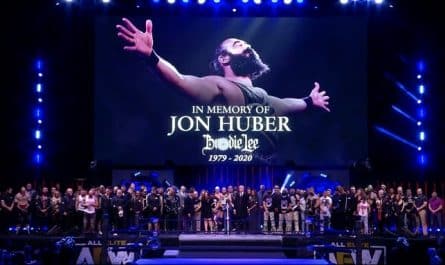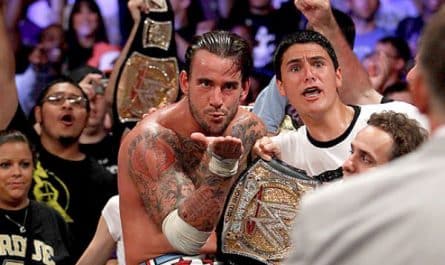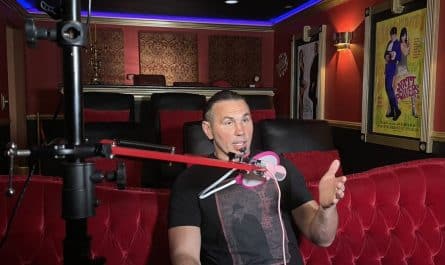“The greatest thing the Devil ever did was make you people believe he didn’t exist. I am the Devil himself! And you stupid, mindless people fell for it!…and I’m not mad at you. I just feel sorry for you.”
Upon finally winning the Ring of Honor World Heavyweight Championship in what CM Punk promised was his final match, the Devil turned on the ROH faithful. Weeks later, Punk signed his WWE contract on the title belt itself. Punk’s petulant arrogance drew the ire of not only Hall of Famer Mick Foley but the ROH locker room itself. Three men made it their mission to see the championship stay in ROH rather than the WWE: Christopher Daniels, James Gibson, and Samoa Joe.
Each Punk title defense, the champion swore, would be his last. But each time, Punk narrowly escaped with the ROH title in hand. After barely surviving a war with Gibson (better known to fans by his WWE moniker, Jamie Noble), the devilish champion was challenged by a long-time foe: the Fallen Angel himself, Christopher Daniels.
For more than a decade, Daniels stood as one of the best performers on the indies, debuting for Windy City Pro Wrestling in the summer of 1993. With a dark messianic character and Japanese-inspired work style, Daniels made an instant impression in the 1990s. In 1998, Daniels signed a developmental deal with the WWF, training with Dory Funk Jr. Funkin’ Dojo. In 2016, Bruce Prichard (long-time aid to Vince McMahon) revealed the Daniels was set to bring a version of his Fallen Angel character to the Attitude Era Federation as the Higher Power. The Higher Power was a hooded figure who led the Undertaker and his Ministry of Darkness from the shadows. McMahon rejected the idea and eventually revealed himself as the Higher Power. Daniels would leave the WWF in late-1999 and debuted with WCW in 2000 but would only make one televised appearance.
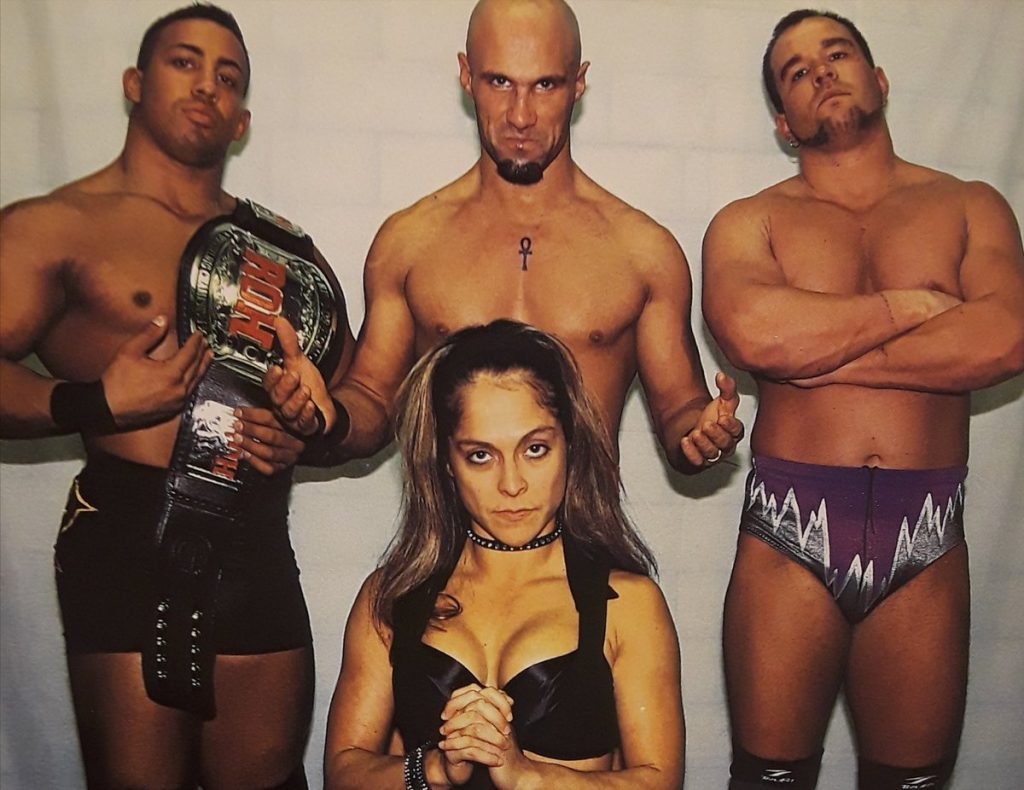
Credit: Ring of Honor
Daniels made a name in the early days of ROH, becoming one of the fledgling promotion’s top players. Daniels teamed with Donovan Morgan to create the dark faction known as The Prophecy. As Prophecy leader, Daniels sought to destroy ROH and rebuild the company in his own visage. Daniels added BJ Whitmer, Xavier, Allison Danger, Dan Maff, and even Mark Briscoe to their ranks. The faction refused to adhere to the Code of Honor (shaking hands before the match) and ran roughshod.
The Prophecy eventually came into conflict with The Second City Saints, a team of Ace Steele, Colt Cabana, and Punk. The feud blurred the lines between faces and heels, with The Prophecy eventually stepping into the light. The feud shifted when Punk’s rivalry with Ricky The Dragon Steamboat bled into the program.
Ultimately, the Saints and the Prophecy had one last match, though won by The Prophecy, the Saints sent Daniels crashing through a table, ending the faction and the Fallen Angel’s run in Ring of Honor. In reality, as a contracted NWA TNA performer, Daniels was ordered to cease his association with ROH due to owner Rob Feinstein’s scandal.
When Cary Silkin acquired Ring of Honor, many of the performers who were once forbidden to wrestle for ROH started to trickle back. Most notably, Daniels, who returned the night Punk defeated Austin Aries for the ROH Title. Daniels’s official return to ROH came at the Fate of an Angel show. He defeated a debuting Matt Hardy, who was on a brief sabbatical from WWE following the Edge/Lita affair. This was the same show where Punk narrowly defeated a bloody Gibson.
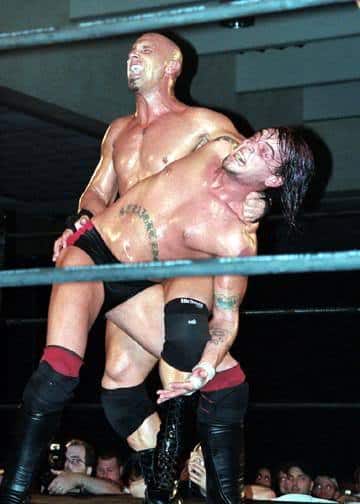
In the post-match, Daniels stole the belt from Punk and demanded his own shot at the championship. At Homecoming, The Fallen Angel challenged Punk, going 60-minutes with the champion. Daniels hit the Angel’s Wings piledriver as the clock expired. Like many great NWA World title fights of previous generations, the match was a draw. But that didn’t mean the fighting would stop. After Punk shoved Allison Danger, Daniels’s second, the brawl continued. This time they were joined by Gibson and Punk’s greatest foe, Samoa Joe.
At Redemption in Dayton, Ohio, Punk was set to defend the championship in a four-way elimination match against Daniels, Gibson, and Joe. However, a new wrinkle was added to the match in the days leading up to Redemption. Gibson made it known that he was returning to the WWE and only had a select few dates with ROH left. Daniels was still contracted to TNA, and Joe, who was already the ROH Pure Champion, had just begun his reign of destruction in TNA. The four-way match would feature two WWE and two TNA contracts talents fighting over the ROH World Championship. However, unlike a chaotic WWE four-ways, in the ROH variation, only two men were allowed in the ring at a time. The others needed to tag in and out, like a tag team match.
The psychology of the match mainly revolved around Punk trying to avoid being in the ring one-on-one with Joe. However, Punk tagged Joe in by slapping him across the face at one point in the match. The match was a prime exhibition of four of the best professional wrestlers in North America fighting for a championship that prided itself on being a wrestling title. In ROH, stories were told in the ring, not backstage. No matter how much charisma one had, if they couldn’t prove themselves between the ropes, they would drown in the ROH talent pool.
Gibson’s head was again split open during the match, and he was escorted to the back. Gibson was out of the match but not eliminated. Daniels pushed Joe into the ropes and tried to roll through with an O’Connor Roll, but Joe countered, sinking in the coquina clutch. Daniels’s foot reached the rope, but Punk kicked it off, and the Angel faded. The Angel was eliminated but infuriated. He refused to leave the ring and continued to fight with Joe and Punk, leading to Punk securing an inside cradle and pinning Joe. Again it seemed the champion would narrowly escape with his title. However, the bloody and bruised James Gibson returned.
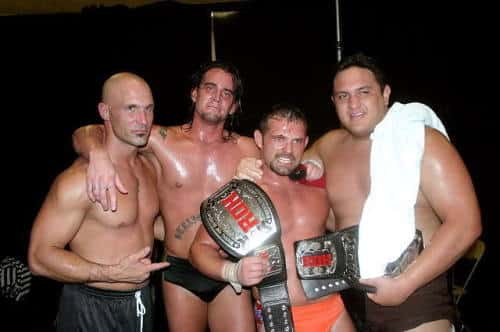
Credit: Ring of Honor
In a move that hasn’t aged well, the commentators openly discussed how Gibson was fighting with a concussion. Bad taste aside, the two picked up where they left off in their epic singles match. Punk tried to lock in the Pepsi Plunge (essentially an avalanche pedigree) when the two were perched on the top turnbuckle but missed. Instead, Gibson hit the champ with a wild and kind of sloppy, top rope Tiger Driver. The challenger covered for the three count. Punk was finally defeated. The locker room emptied and hoisted the new champion on their shoulders.
The Summer of Punk officially ended at the next ROH show called Punk: The Final Chapter from Chicago Ridge, Illinois. In front of his hometown crowd, CM Punk stood across the ring from Colt Cabana, his sometimes best friend/sometimes worst enemy (in both fiction and reality). In a best of three falls match, the two men who trained and began their professional wrestling journeys together engaged in a match that the two had shared hundreds of times. Emotions wore heavy on both the competitors and the crowd. In the end, CM Punk was defeated by Cabana in front of their hometown fans. With that, CM Punk’s tenure in Ring of Honor was finished, and he was off to Ohio Valley Wrestling and eventually WWE.
While the Summer of Punk was Punk’s final stand in ROH, it also represented a significant change in WWE. Punk became the first of the wave of 2000s indie talent who not only made their way to WWE but helped redefine the company’s in-ring philosophy. The style that was honed in small gyms and convention centers in the northeast, the ROH style, eventually became the backbone of modern WWE. Look a the names of the talent featured on mid-2000’s ROH shows. Punk, Joe, AJ Styles, Roderick Strong, Claudio Castagnoli (Ceasro), Tyler Black (Seth Rollins), and the man who one month after the Final Chapter defeated Gibson for the ROH Title, the American Dragon Brian Danielson (Daniel Bryan).
CM Punk helped usher what was once considered raw and indy into the mainstream. That is the Legacy of Punk.
